Home>Articles>How Much Psi Should A Pressure Washer Have For Washing A Car
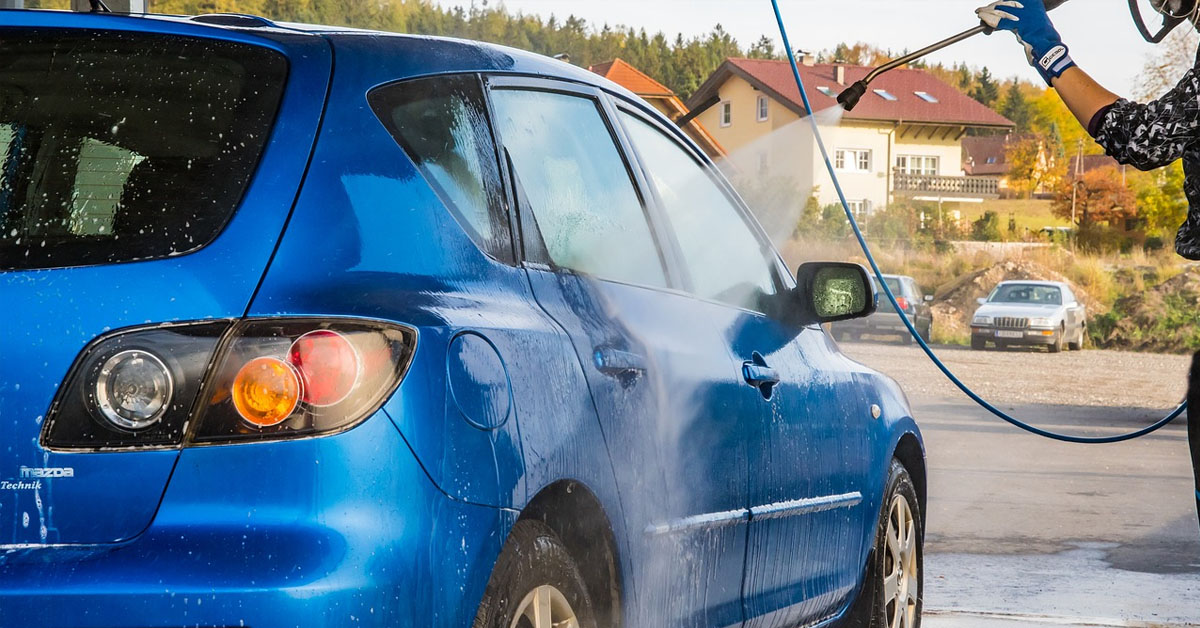

Articles
How Much Psi Should A Pressure Washer Have For Washing A Car
Modified: January 19, 2024
Find helpful articles on how much PSI a pressure washer should have for washing a car. Learn the optimal pressure to avoid damage and achieve a thorough clean.
(Many of the links in this article redirect to a specific reviewed product. Your purchase of these products through affiliate links helps to generate commission for Storables.com, at no extra cost. Learn more)
Introduction
Welcome to the world of pressure washing! If you’re looking to clean your car efficiently and effectively, using a pressure washer is a great option. But before you start blasting away with high-pressure water, it’s crucial to understand the importance of PSI, or pounds per square inch, when it comes to pressure washing.
PSI plays a significant role in determining the power and effectiveness of a pressure washer. It measures the force at which water is sprayed onto a surface, be it your car or any other object you want to clean. In the context of car washing, having the right amount of PSI is vital to achieving optimum results without causing any damage.
In this article, we will delve into the importance of PSI and guide you on how much PSI you should use for washing your car. So, buckle up, and let’s get started!
Key Takeaways:
- Adjusting the PSI based on the condition of your car, type of dirt, and surface sensitivity is crucial for safe and effective pressure washing. Always prioritize safety and take precautions to achieve the best results.
- Finding the right PSI range for washing your car is essential for a spotless finish without causing damage. Start with lower PSI and gradually increase as needed, while always considering the specific conditions of your vehicle.
Read more: How Much Psi Do I Need In A Pressure Washer
Understanding PSI and its Importance in Pressure Washing
To fully grasp the significance of PSI in pressure washing, it’s essential to understand how it affects the cleaning process. PSI measures the force with which water is expelled from the pressure washer, determining the intensity and effectiveness of the cleaning action.
When it comes to pressure washing your car, it’s crucial to find the right balance of PSI. Too little pressure will result in ineffective cleaning, while excessive pressure can cause damage to the delicate surfaces of your vehicle.
Generally, pressure washers for car washing range from 1,200 PSI to 2,400 PSI, with some commercial-grade models exceeding 3,000 PSI. However, it’s important to remember that higher PSI doesn’t necessarily mean better cleaning. The ideal PSI for washing a car will depend on several factors, including the condition of your vehicle and the type of dirt or grime you need to remove.
Another key factor to consider is the nozzle attachment on your pressure washer. The nozzle size will affect the pressure and spray pattern, allowing you to adjust the PSI to your specific needs. Smaller nozzle sizes produce higher pressure, while larger nozzle sizes reduce the pressure. It’s recommended to start with a wider fan spray nozzle and gradually increase the pressure if needed.
By understanding the importance of PSI and how it affects the cleaning process, you can ensure efficient and safe car washing with your pressure washer. Now, let’s explore the factors you should consider when washing your car with a pressure washer.
Factors to Consider when Washing a Car with a Pressure Washer
When using a pressure washer to wash your car, there are several important factors to consider in order to achieve a thorough and safe cleaning. Let’s take a closer look at these factors:
- Condition of the Car: The condition of your car will determine the appropriate PSI to use. If your vehicle is heavily soiled or has caked-on dirt, you may need a higher PSI to effectively remove the grime. However, if your car is relatively clean and just needs a gentle wash, a lower PSI will suffice.
- Type of Dirt or Grime: Consider the type of dirt or grime you are trying to remove. Different types of contaminants may require varying levels of pressure. For instance, removing mud from off-road adventures may require higher PSI, while removing dust and pollen may only require lower pressure.
- Surface Sensitivity: Your car’s surfaces can vary in sensitivity. Delicate areas like the car’s paint, windows, and mirrors require lower PSI to avoid damaging them. On the other hand, tough surfaces like tires and wheel wells can withstand higher PSI for a thorough cleaning.
- Distance from the Surface: The distance between the pressure washer and the car’s surface also affects the pressure applied. As you move closer to the car, the pressure will become stronger. Maintaining an appropriate distance helps control the PSI and prevent damage.
- Prior Knowledge and Experience: Your knowledge and experience with pressure washing also play a role in determining the appropriate PSI. If you’re new to pressure washing, consider starting at a lower PSI and gradually increasing it as you gain confidence and understand the effects of different pressures on your car.
By considering these factors, you can determine the ideal PSI range for washing your car effectively and safely. In the next section, we’ll explore the recommended PSI range for car washing.
Recommended PSI Range for Washing a Car
When it comes to washing your car with a pressure washer, finding the right PSI range is crucial to achieve a clean and spotless finish while avoiding any damage. While the appropriate PSI may vary based on individual preferences and circumstances, here is a general guideline for the recommended PSI range for washing a car:
- 1,200 to 1,500 PSI: This range is ideal for regular car washing and removing light dirt, dust, and debris. It provides enough pressure to effectively clean most surfaces without causing any damage. It’s suitable for routine maintenance washing to keep your car looking fresh.
- 1,500 to 2,000 PSI: If your car is moderately dirty or has some stubborn stains, increasing the PSI within this range can provide more cleaning power. It can help tackle tougher grime, such as dried insects or bird droppings. However, exercise caution and avoid using excessive pressure on sensitive areas like the car’s paint or windows.
- 2,000 to 2,400 PSI: This PSI range is recommended for heavy-duty car washing. It can effectively remove thick layers of dirt, grime, and mud accumulated on the vehicle, especially for off-road adventures or during the winter months. Use this range sparingly and pay close attention to the surface sensitivity to prevent any damage.
Remember, it’s always better to start with a lower PSI and gradually increase it if necessary. Test the pressure on a small, inconspicuous area of your car first before proceeding to the entire vehicle. Additionally, adjust the nozzle spray pattern to a wider fan spray to distribute the PSI evenly and minimize the risk of causing damage.
Keep in mind that these are general guidelines, and it’s important to adjust the PSI based on the specific conditions of your car and the cleaning task at hand. It’s always better to err on the side of caution and use lower pressure when in doubt, especially if you’re unsure about the sensitivity of certain surfaces.
Now that you have an idea of the recommended PSI range for car washing, let’s discuss how to adjust the PSI for different car parts.
For washing a car, a pressure washer with a PSI of 1200-1900 is ideal. This range provides enough power to remove dirt and grime without damaging the car’s paint or finish. Always start with the lowest pressure and increase as needed.
Adjusting PSI for Different Car Parts
Not all parts of your car have the same tolerance for pressure, which is why it’s important to adjust the PSI accordingly when washing different car parts. Let’s explore how to adjust the PSI for different areas of your vehicle:
- Car Body: When washing the car’s body, it’s best to use a lower PSI to avoid damaging the paintwork. Start with a PSI range of 1,200 to 1,500. Use a wider fan spray nozzle and maintain a distance of about 12-18 inches between the nozzle and the surface. Gradually increase the pressure if needed, but always exercise caution.
- Tires and Wheel Wells: Tires and wheel wells tend to accumulate a lot of grime and mud. To effectively clean and remove these contaminants, you can increase the PSI to a range of 1,500 to 2,000. Use a narrower spray pattern to target the specific areas, but be mindful of avoiding excessive pressure on the tire sidewalls, as it can damage them.
- Windows and Mirrors: For windows and mirrors, lower PSI is preferable to prevent any damage. A range of 1,200 to 1,500 PSI with a wider fan spray pattern is adequate. Be cautious around the edges of the windows and use a gentle approach to avoid any risk of cracking or chipping.
- Undercarriage: The undercarriage of your car can accumulate a significant amount of dirt and debris. It’s important to clean this area regularly to prevent corrosion and rust. Use a higher PSI range of 2,000 to 2,400 to effectively remove the build-up, but avoid directing the stream directly at sensitive components or electrical connections.
- Engine Bay: When cleaning the engine bay, it’s essential to take extra precautions as it involves electrical components. Use lower pressure in the range of 1,200 to 1,500 PSI, and be careful not to spray directly onto sensitive areas like electrical connections and sensors. Use a narrower spray pattern to target specific areas without applying excessive pressure.
Remember, adjusting the PSI for different car parts ensures that you can effectively clean each area without causing any damage. Always pay close attention to the surface sensitivity, maintain an appropriate distance, and use the right spray pattern to achieve the best results. Now, let’s discuss some precautions to take when using a pressure washer for car washing.
Read more: What Psi Pressure Washer To Clean Concrete?
Precautions to Take when Using a Pressure Washer for Car Washing
While pressure washers can make car washing quick and efficient, it’s important to follow certain precautions to ensure safe and effective cleaning. Here are some crucial precautions to keep in mind:
- Protective Gear: Prioritize your safety by wearing appropriate protective gear, such as safety goggles and waterproof gloves. This will help protect your eyes from flying debris and your hands from any potential injuries.
- Keep a Safe Distance: Maintain a safe distance between the pressure washer nozzle and your car’s surface. This not only prevents accidental damage but also ensures an even and effective cleaning. Start with a distance of about 12-18 inches and adjust as needed.
- Use the Right Nozzle: Choose the appropriate nozzle for the task at hand. A wider fan spray nozzle is suitable for general washing, while a narrower spray pattern is useful for targeting specific areas. Avoid using a narrow high-pressure nozzle on sensitive surfaces, as it can cause damage.
- Avoid High Pressure on Delicate Surfaces: Be cautious when washing delicate surfaces, such as paintwork, windows, and mirrors. Lower the PSI and take your time to ensure gentle and careful cleaning. Using excessive pressure on these areas can lead to scratches, paint damage, or shattered glass.
- Test in an Inconspicuous Area: Before proceeding to wash the entire vehicle, test the pressure washer on a small, inconspicuous area to ensure it doesn’t cause any damage or discoloration. This will help you determine the suitable PSI and nozzle distance for your car’s specific surfaces.
- Protect Electrical Components: When cleaning the engine bay or other areas with electrical components, be mindful of avoiding direct contact with these sensitive parts. Shield electrical connections and cover sensitive components with plastic bags or protective covers to prevent water damage.
- Regular Maintenance: Maintain and clean your pressure washer regularly to ensure proper functioning. Follow the manufacturer’s guidelines for maintenance and storage, including proper cleaning of the machine and disconnecting hoses and attachments.
By taking these precautions, you can ensure a safe and effective car washing experience with your pressure washer. Remember to always prioritize safety and follow the recommended guidelines to avoid any potential damage or injuries.
Now that you are aware of the precautions to take, let’s wrap up the article.
Conclusion
Using a pressure washer for washing your car can be a time-saving and efficient way to achieve a clean and polished finish. However, it’s essential to understand the importance of PSI, or pounds per square inch, in pressure washing and how it affects your car’s surfaces.
By considering factors such as the condition of your car, the type of dirt or grime you need to remove, and the sensitivity of different car parts, you can adjust the PSI to achieve an effective and safe cleaning. Remember to use lower PSI for delicate areas like the car’s paint, windows, and mirrors, and higher pressure for tougher surfaces like tires and wheel wells.
Always take precautions when using a pressure washer for car washing. Wear protective gear, maintain a safe distance, use the appropriate nozzle, and avoid excessive pressure on delicate surfaces. Test the pressure in an inconspicuous area, protect electrical components, and regularly maintain your pressure washer for optimal performance.
Following these guidelines and taking the necessary precautions will help you achieve a thorough and safe car washing experience with your pressure washer. Whether you’re maintaining your car’s appearance or tackling tough grime, finding the right PSI range is crucial for achieving the best results.
So, the next time you’re ready to give your car a thorough cleaning, remember to consider the factors, adjust the PSI accordingly, and take the necessary precautions. With the right approach, you can have a clean and sparkling car that turns heads wherever you go.
Happy pressure washing!
Frequently Asked Questions about How Much Psi Should A Pressure Washer Have For Washing A Car
Was this page helpful?
At Storables.com, we guarantee accurate and reliable information. Our content, validated by Expert Board Contributors, is crafted following stringent Editorial Policies. We're committed to providing you with well-researched, expert-backed insights for all your informational needs.
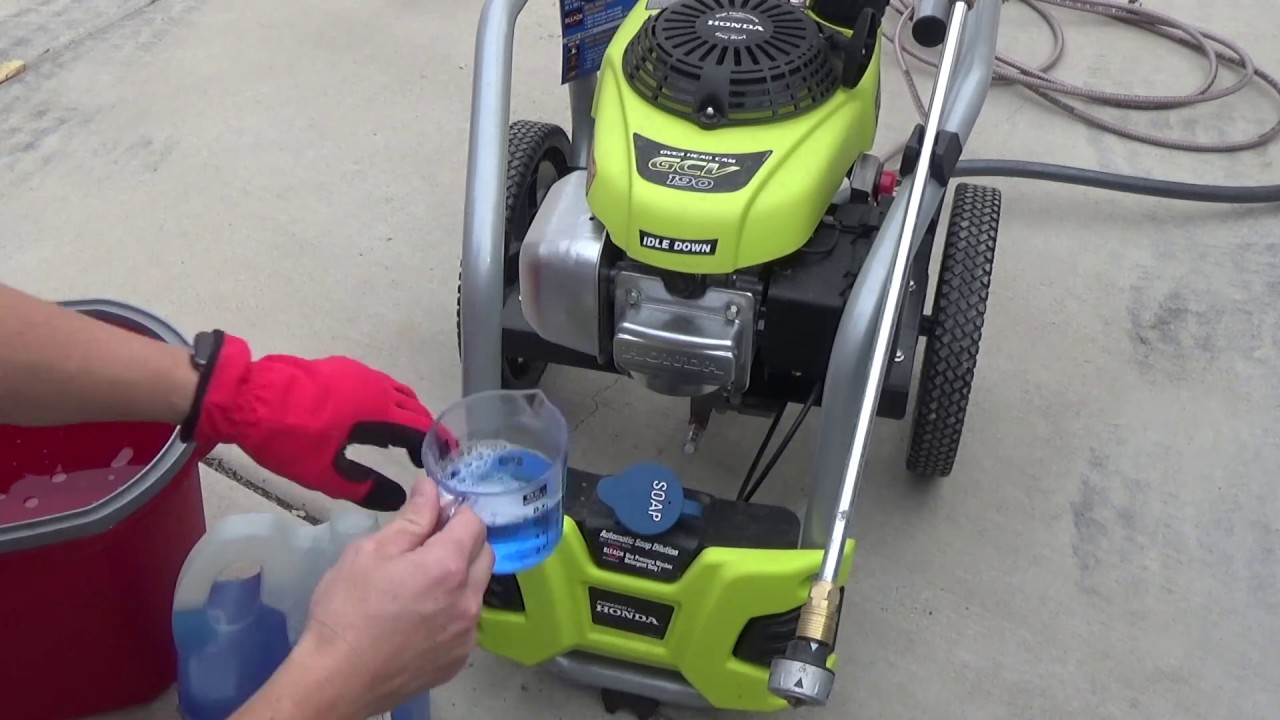
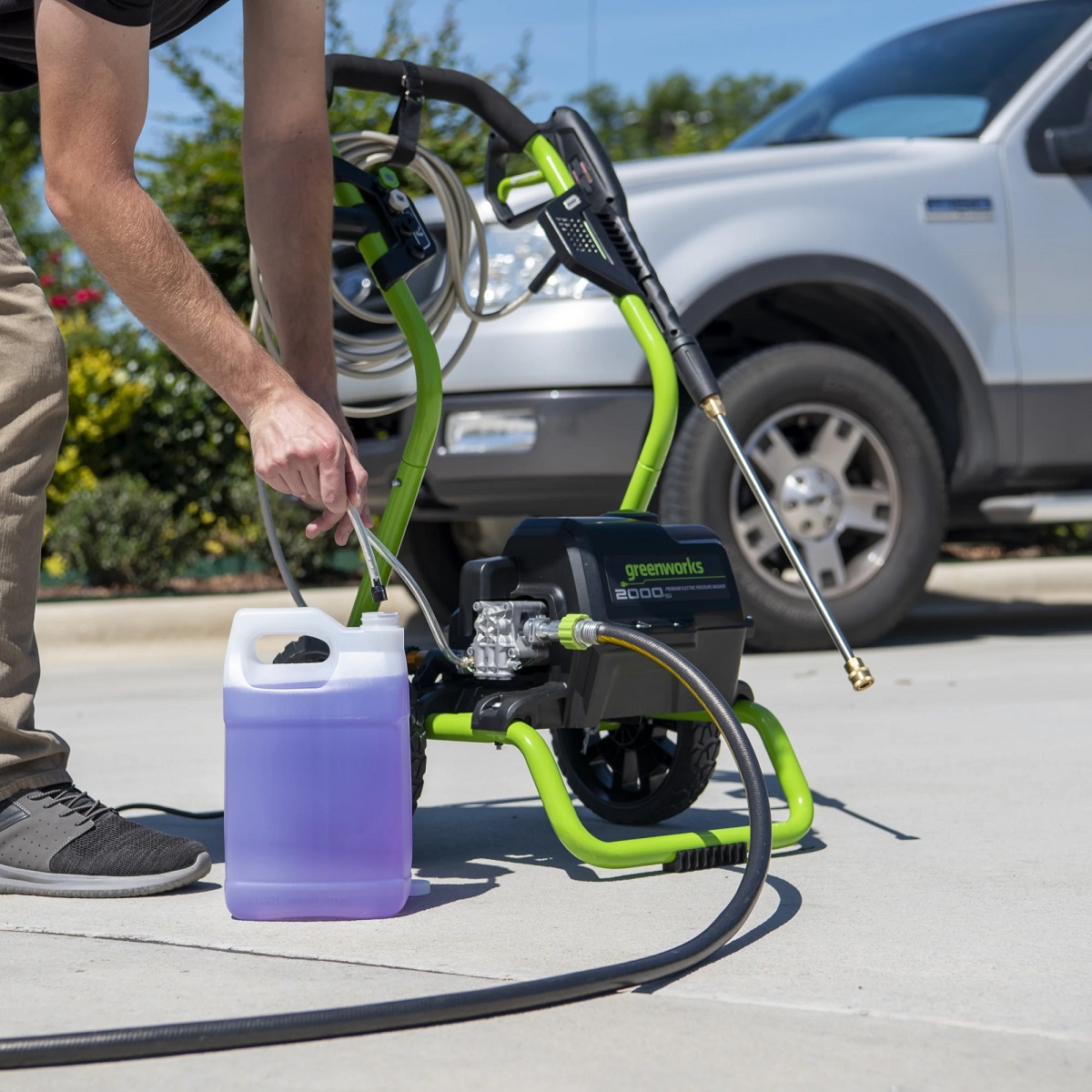
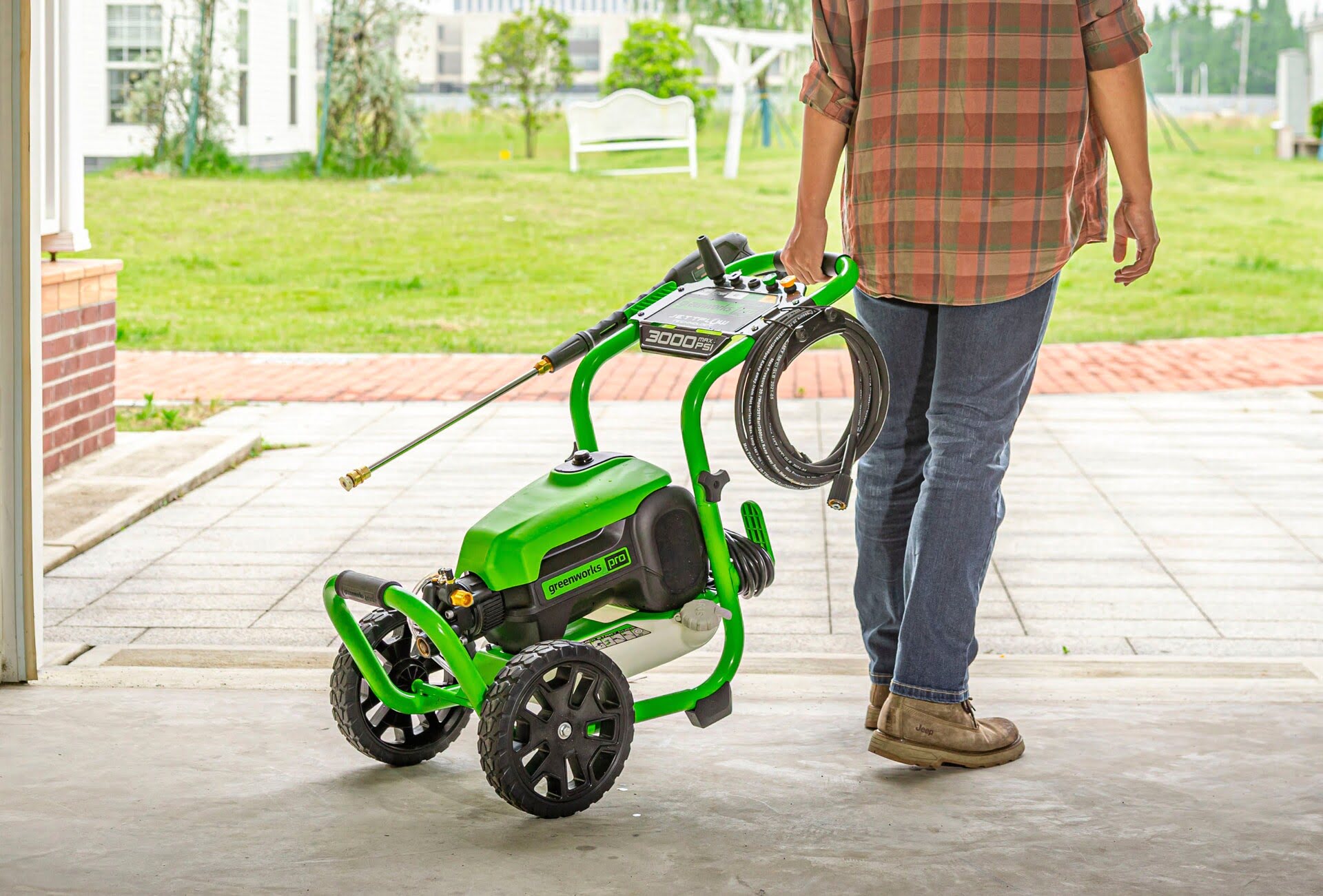
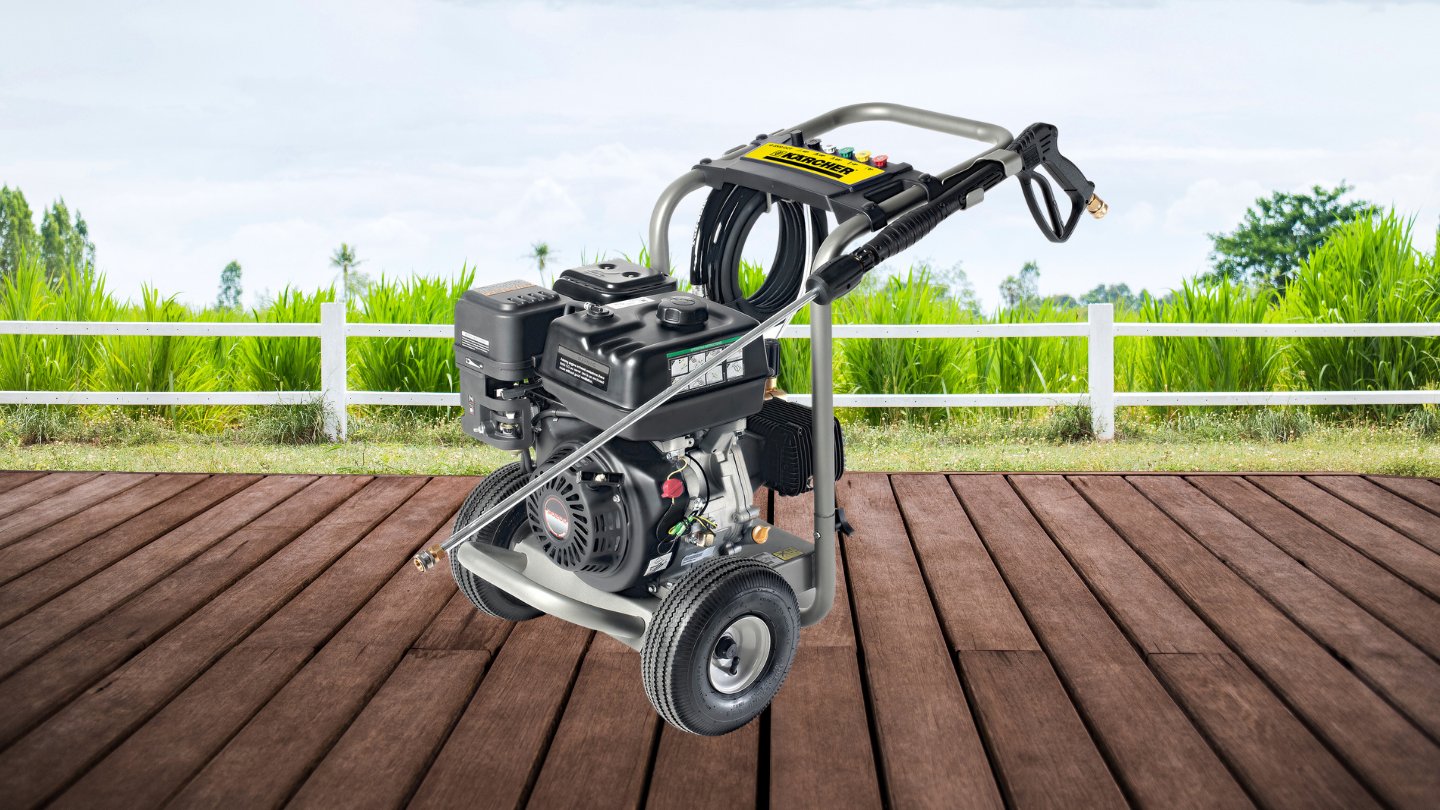
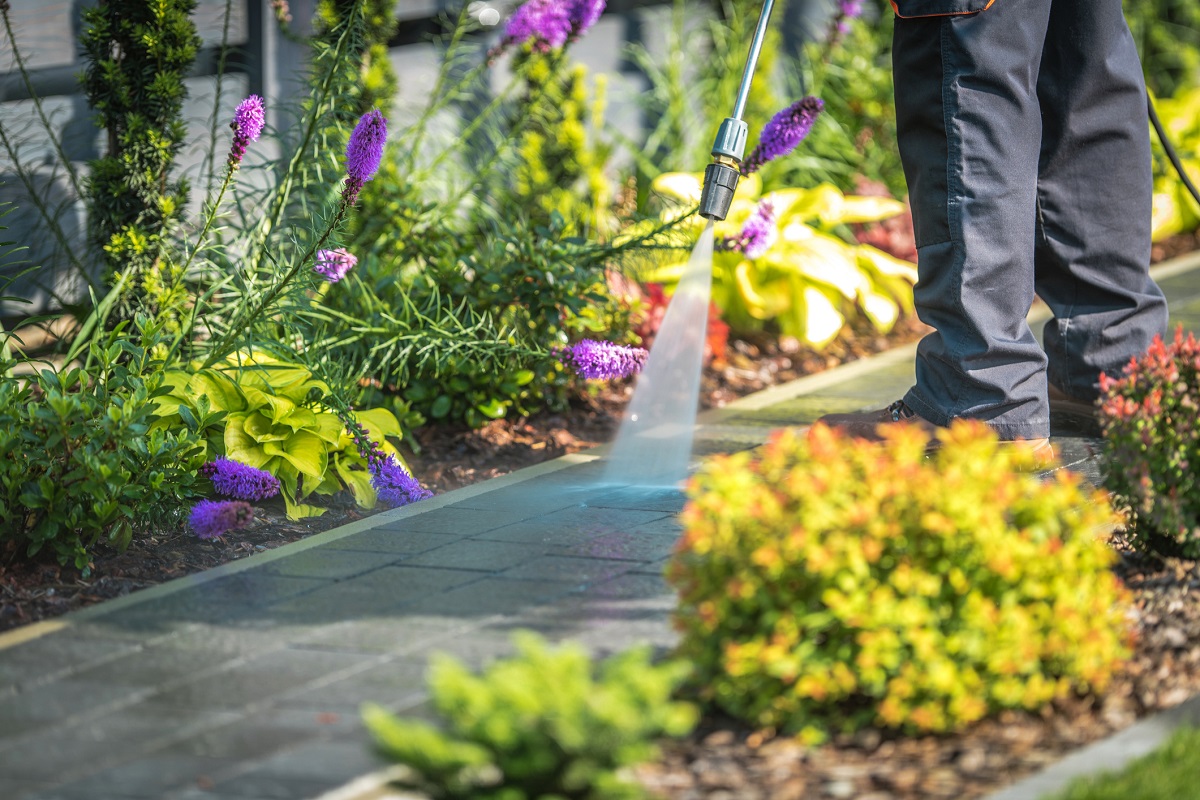
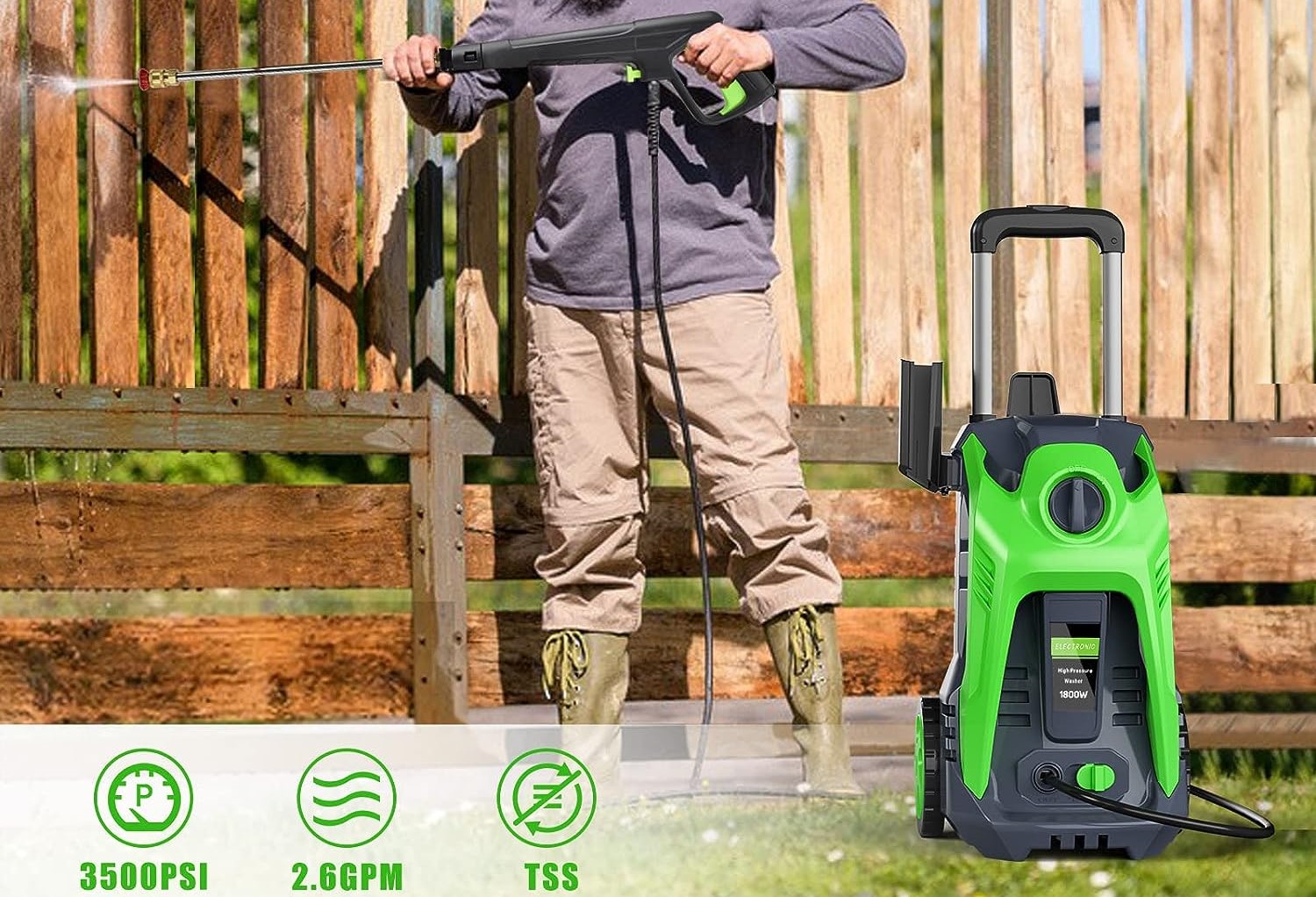
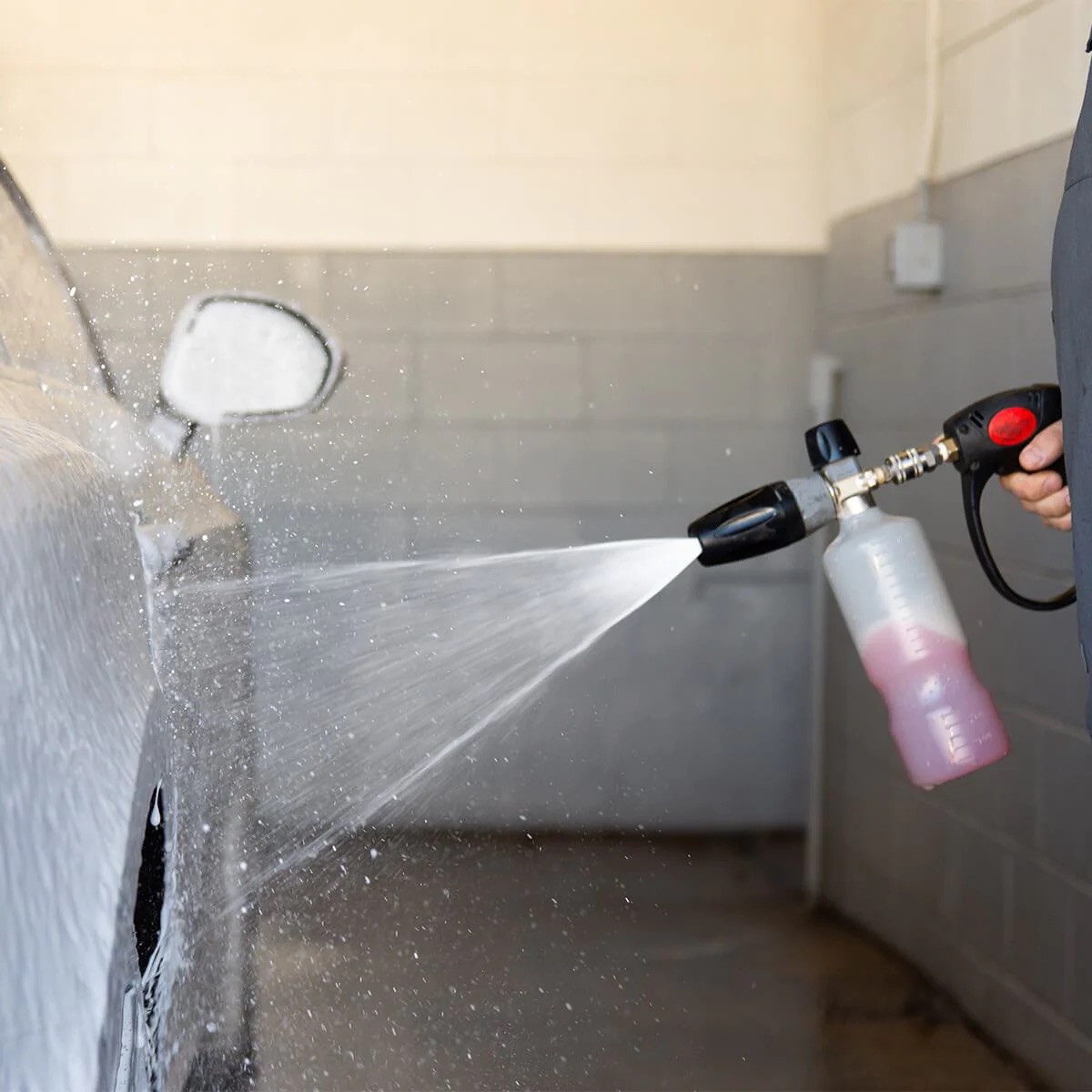
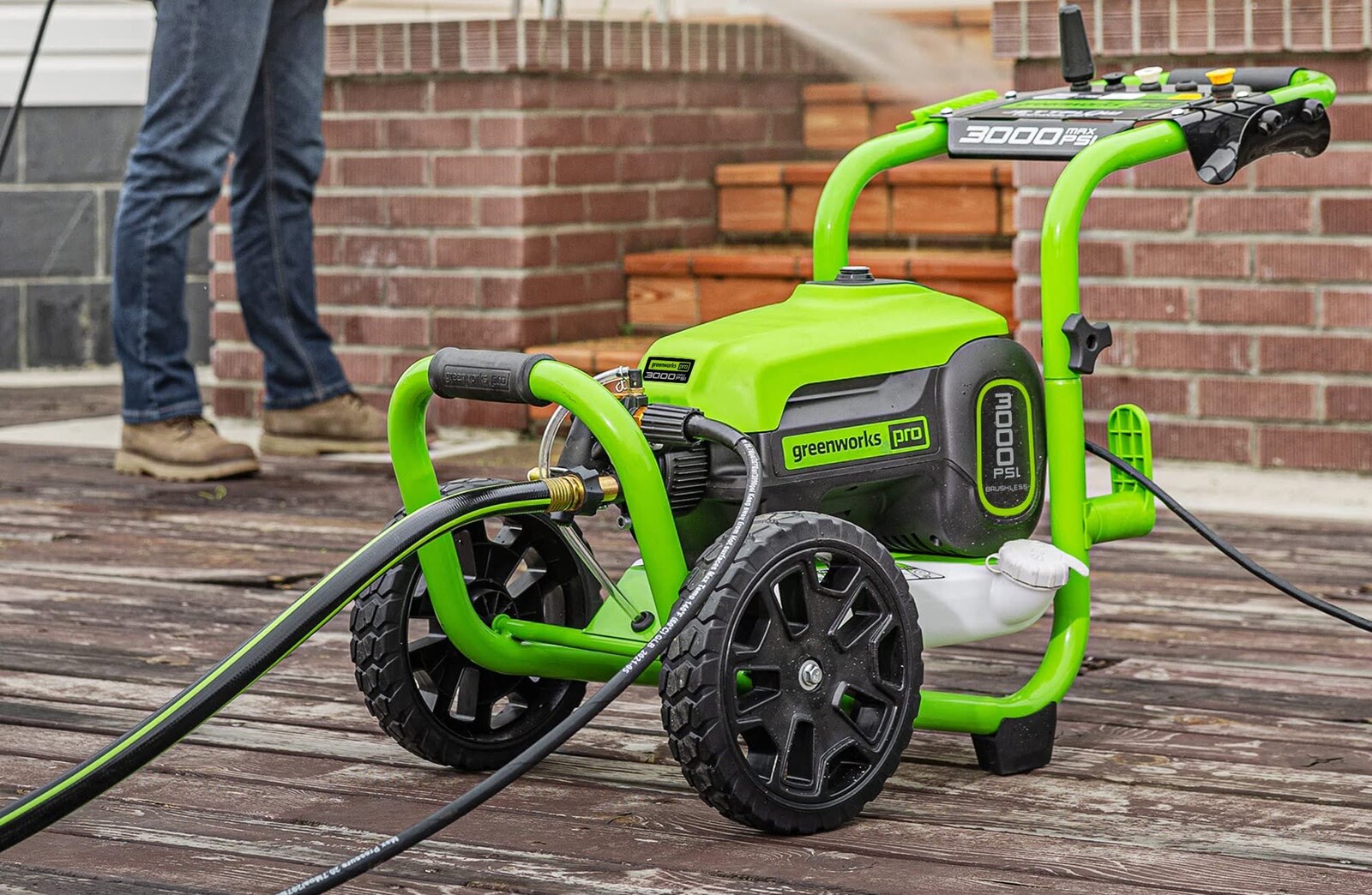
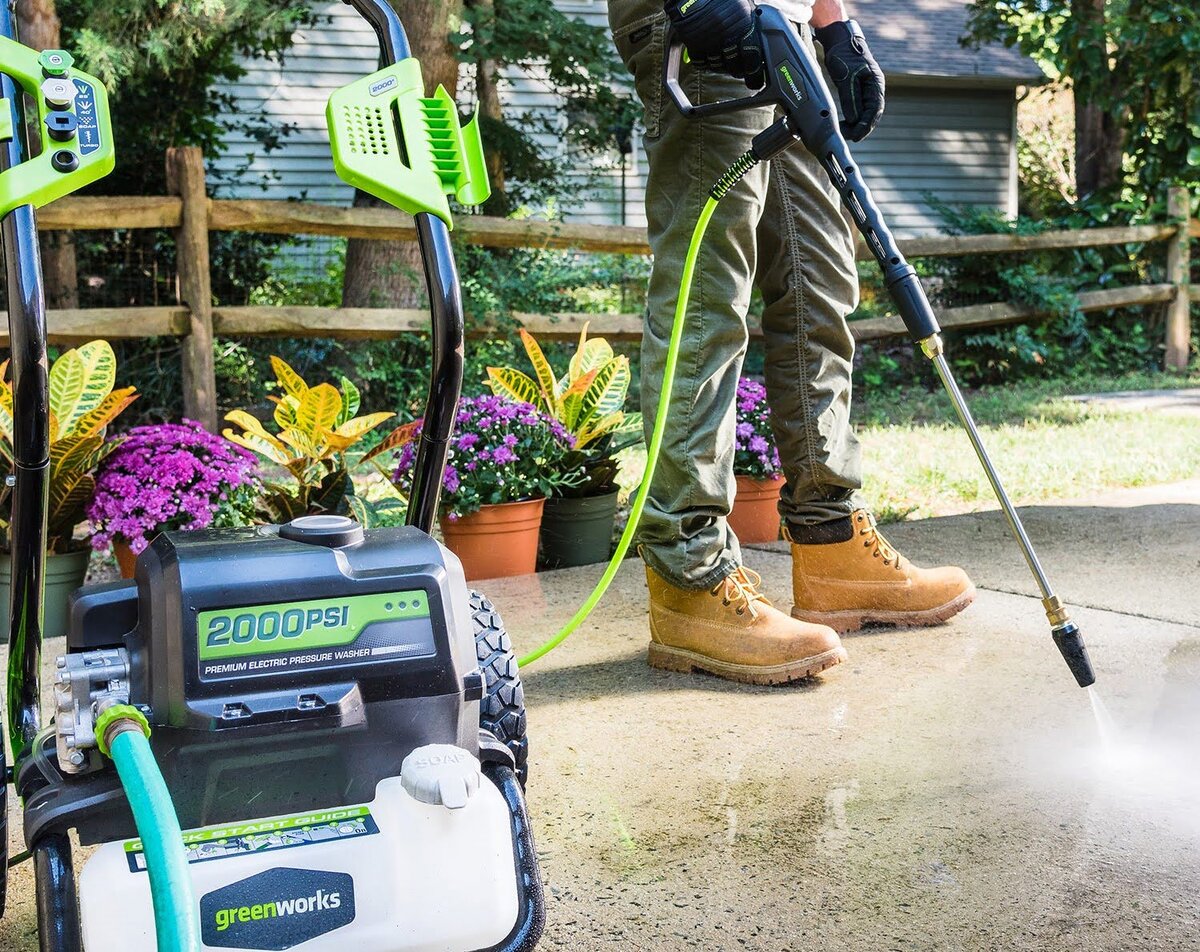
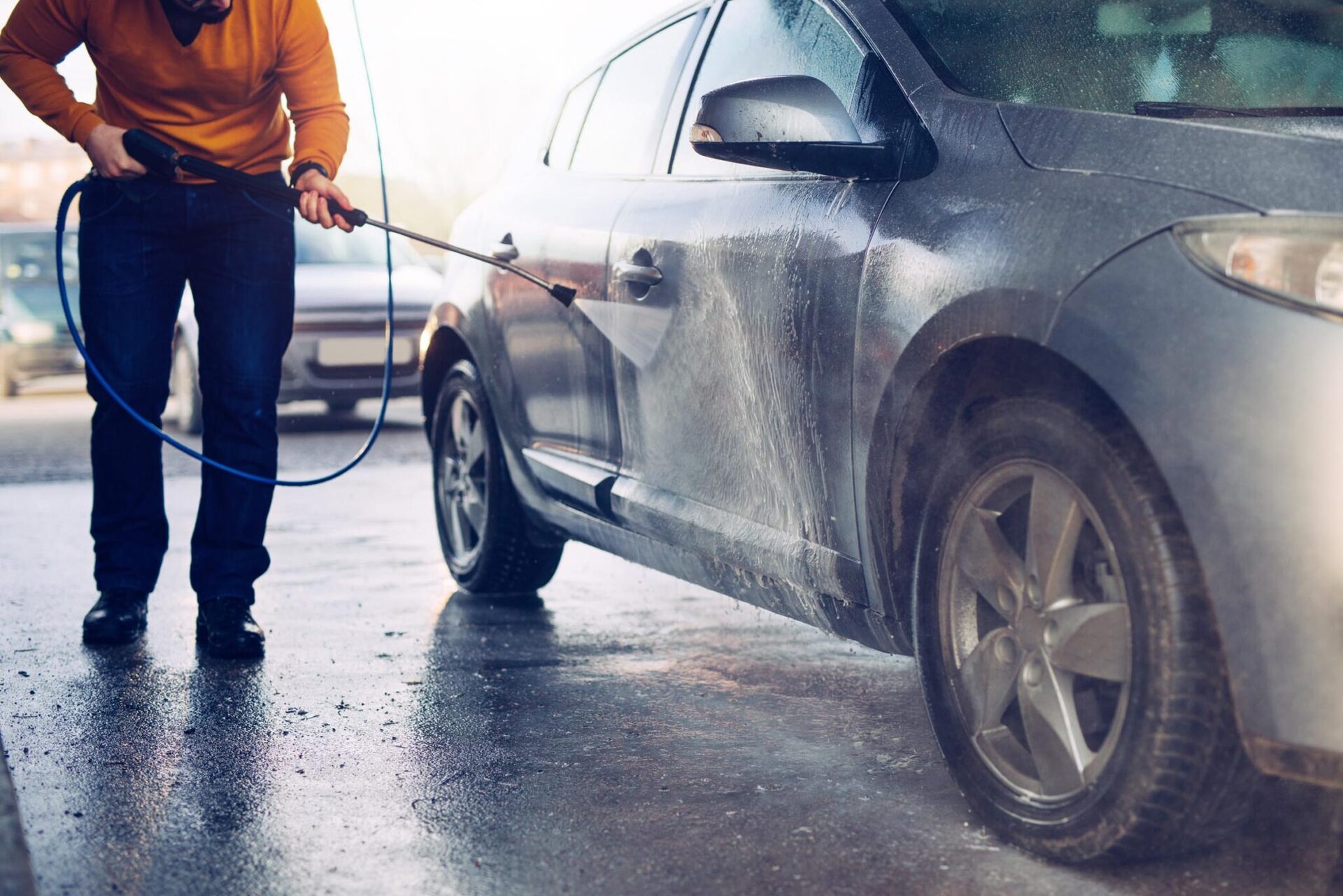
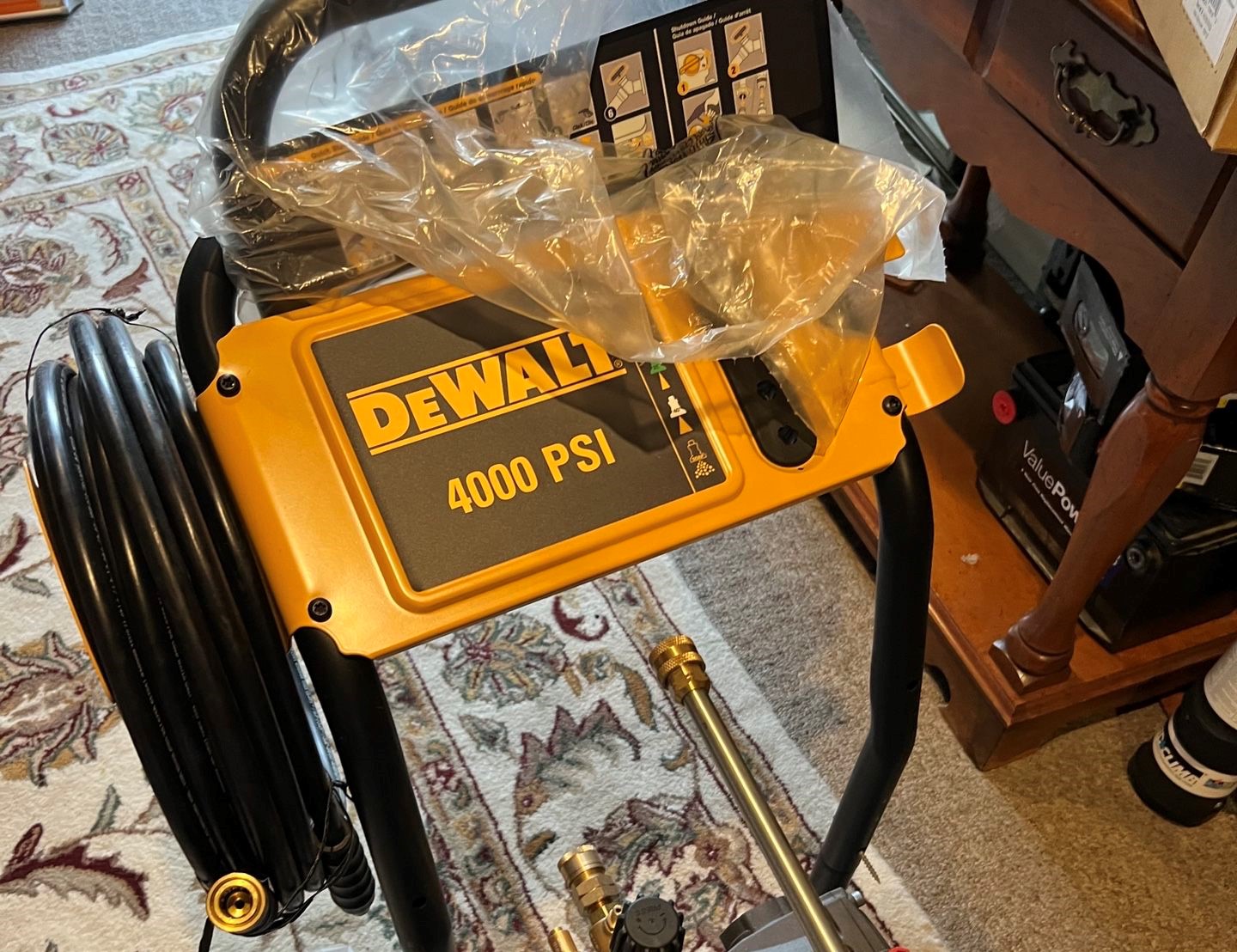
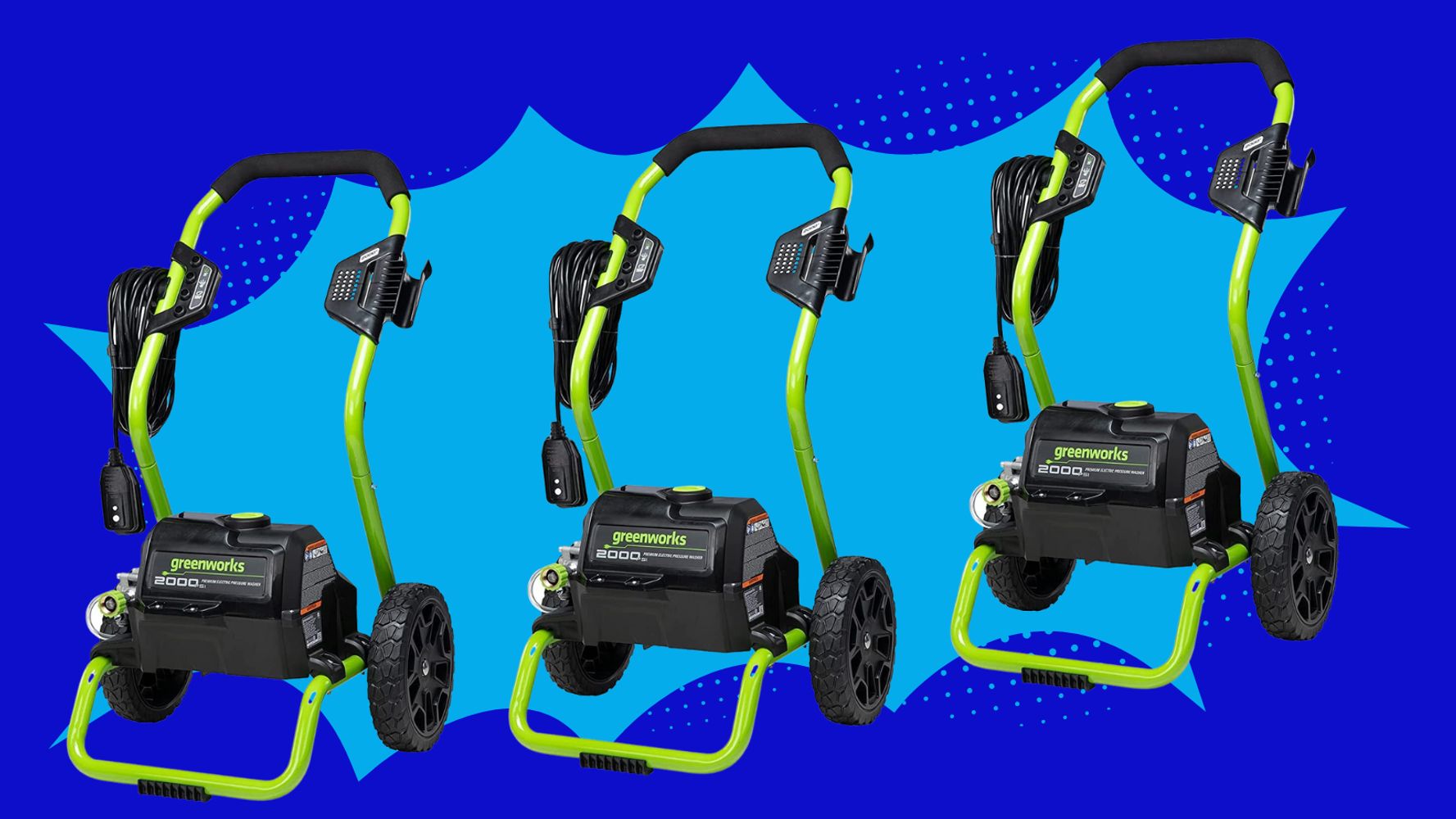
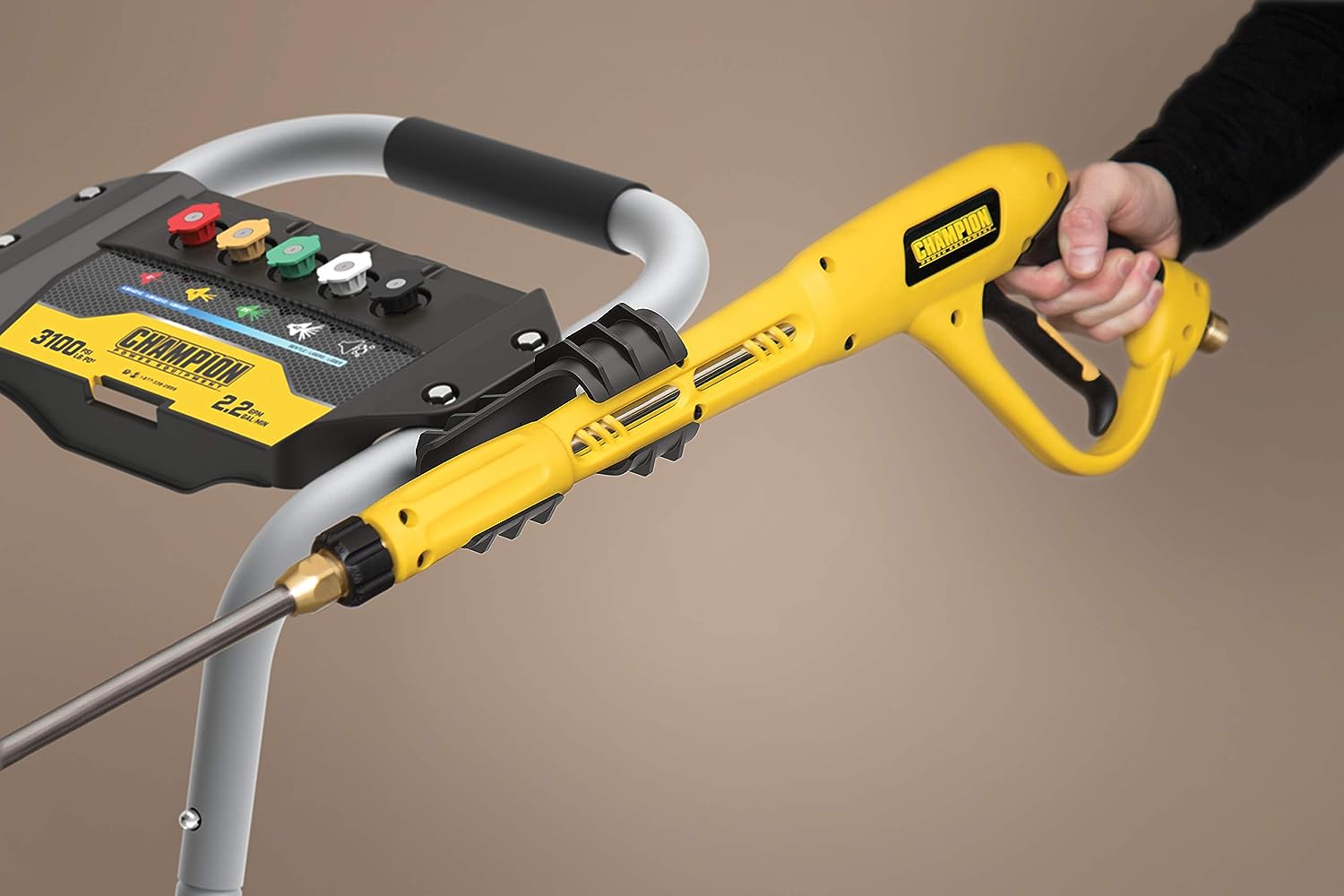
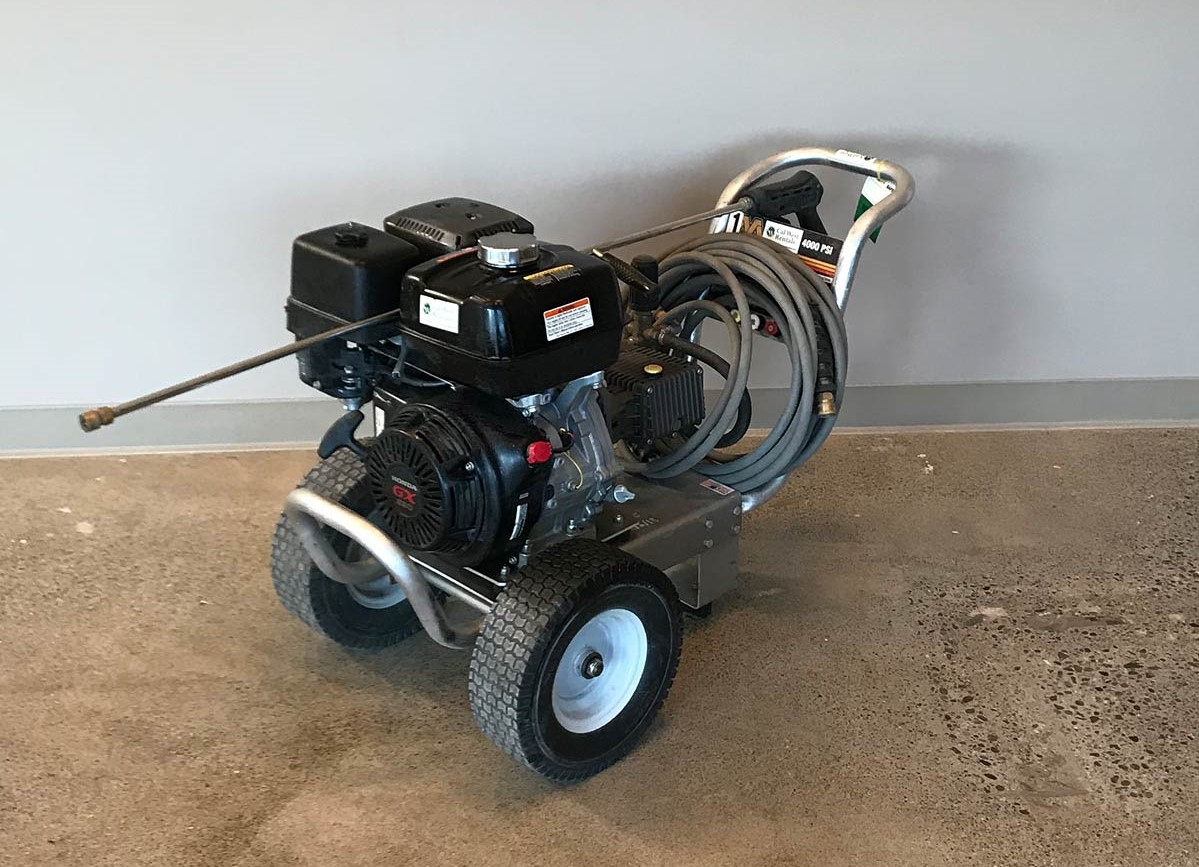

0 thoughts on “How Much Psi Should A Pressure Washer Have For Washing A Car”